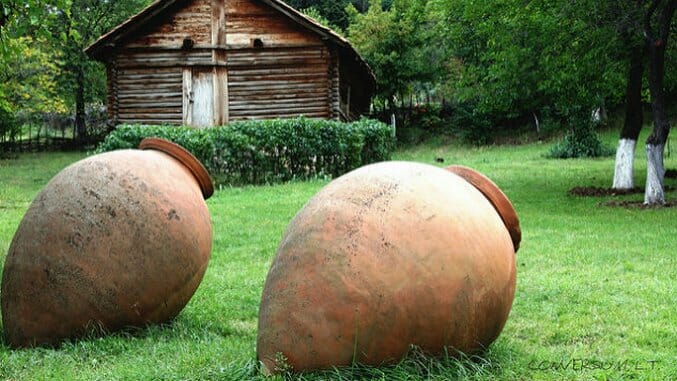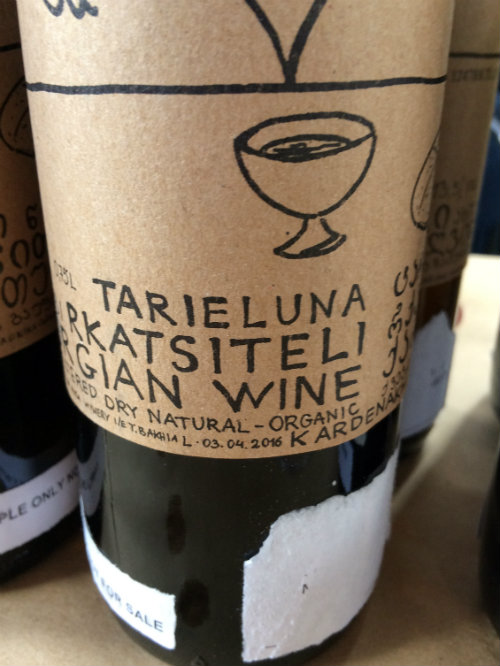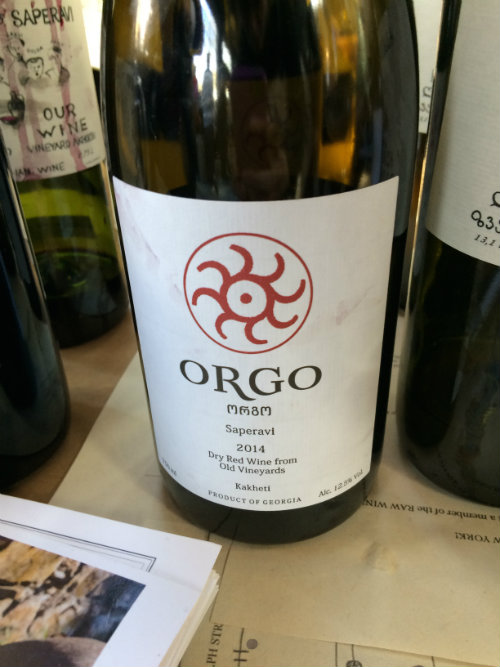3 Easy Lessons in Georgian Wine 101
Georgian wines are 2016's big wine trend.

Photo by Levan Totosashvili CC BY-SA
Italy, France, Spain, Germany. When we think of old world wine, we often think of these Western European mega-producers. But savvy somms and wine drinkers are sipping from other parts of the “old” world that also boast thousands of years of winemaking tradition. Of those, Georgia is having a moment. I was recently able to taste through a handful of unique and delicious offerings at this year’s Raw Wine Fair in Brooklyn and left a believer. There are a limited number of producers currently being imported to the US, but look for increased selection as this trend takes hold. Here’s a few tidbits to orient yourself in the world of Georgian wine — now go forth and explore!

Photo by Katie Le Seac’h
Lesson 1: Qvevri
The Qvevri is the Georgian version of the amphora. Unlike the flat-bottomed clay vessel, the qvevri is pointed at the bottom and often partially buried in the earth. Georgian winemakers sometimes still employ Qvevri for fermentation as well as the more modern stainless steel and oak barrel. Wines can be both fermented with the skins and stems and aged in Qvevri.

Photo by Katie Le Seac’h
-

-

-

-

-

-

-

-

-

-

-

-

-

-

-

-

-

-

-

-

-

-

-

-

-

-

-

-

-

-

-

-

-

-

-

-

-

-

-

-









































